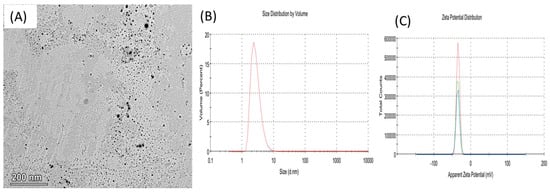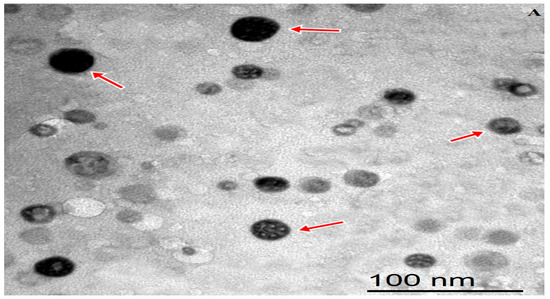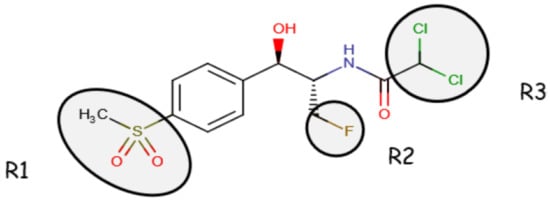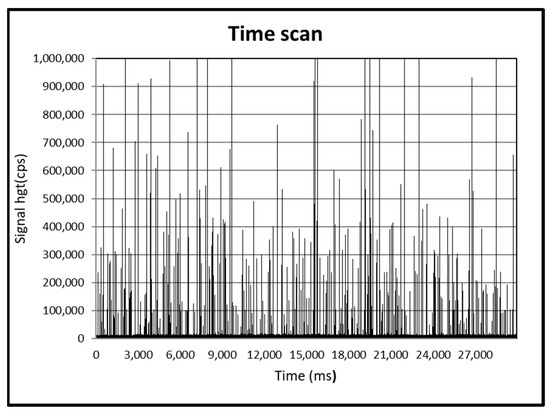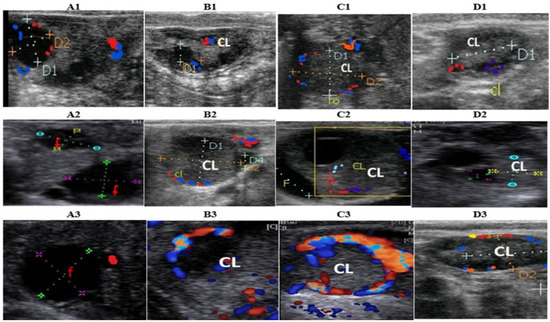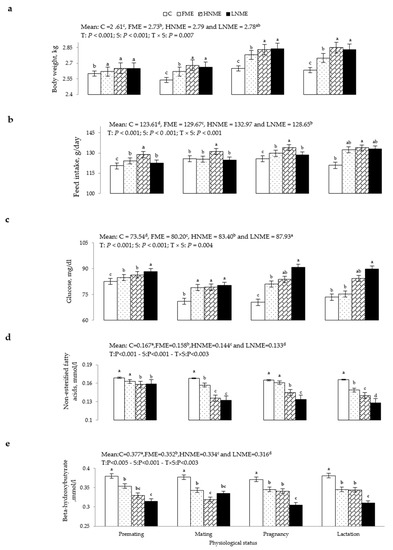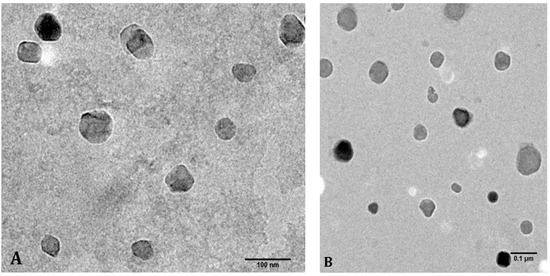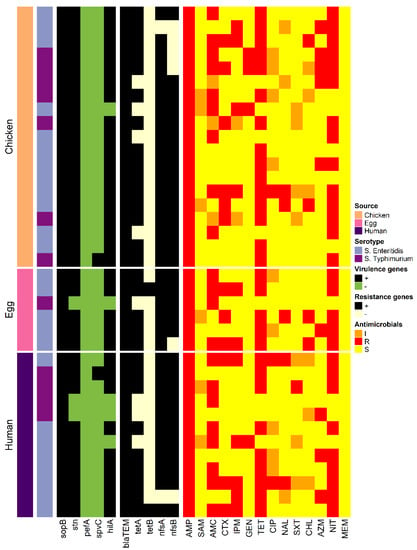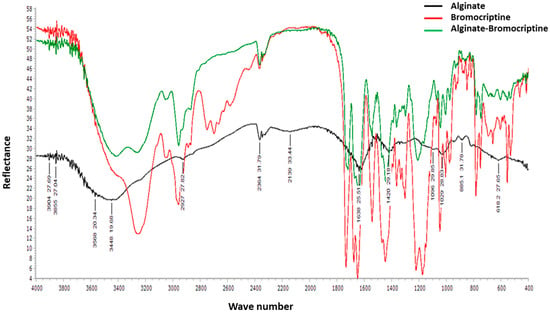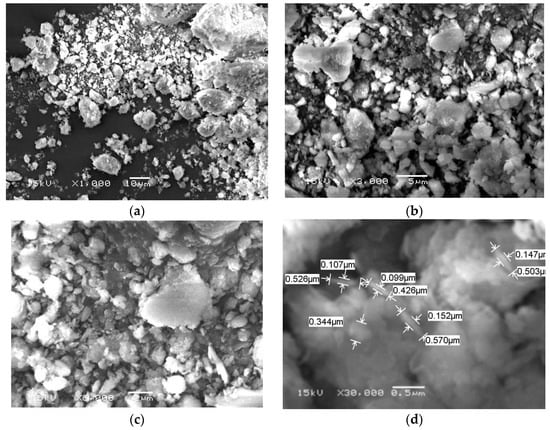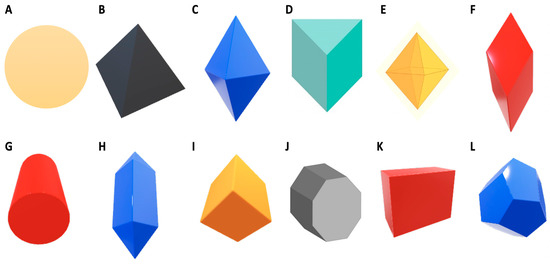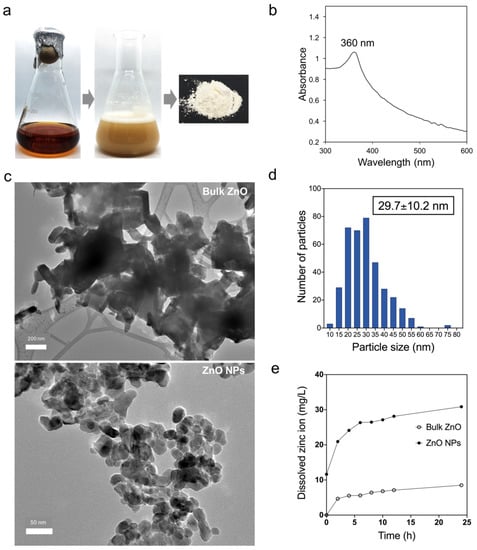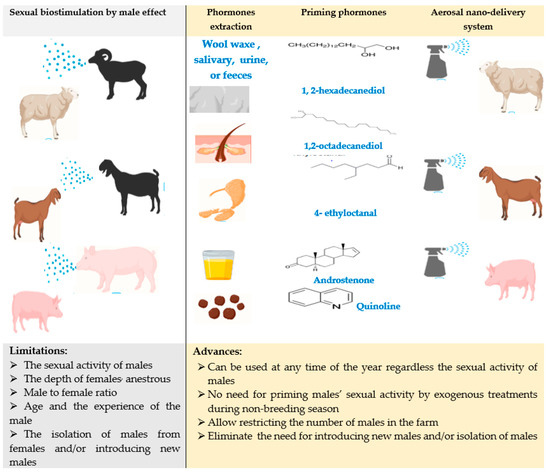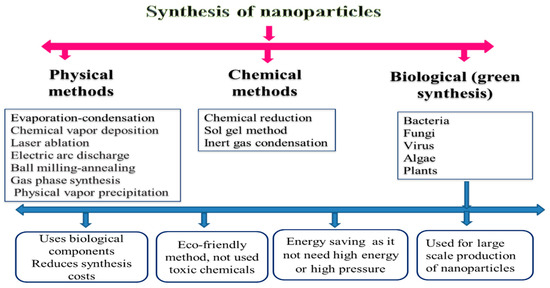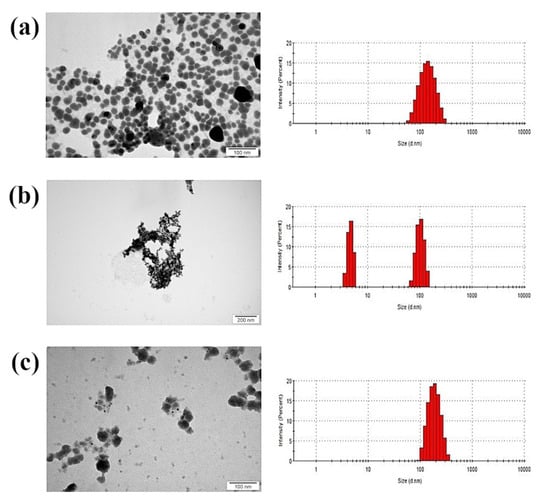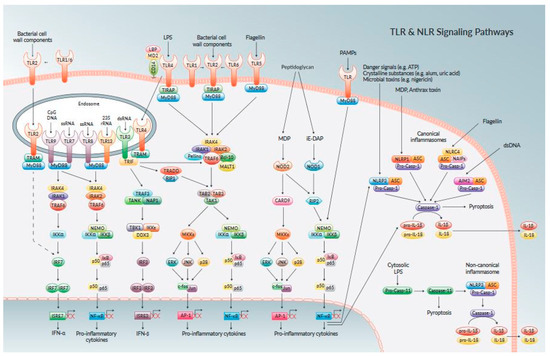Nanotechnology in Animal Science
A topical collection in Animals (ISSN 2076-2615). This collection belongs to the section "Animal Physiology".
Viewed by 127675Editors
Interests: developmental programming; environmental effects; embryo; foetus; genetic and epigenetic regulation; prenatal and postnatal development
Special Issues, Collections and Topics in MDPI journals
Interests: ruminants; reproduction; climate change; nano-encapsulation; phytogenic; probiotic; antimicrobial alternatives; immunity
Special Issues, Collections and Topics in MDPI journals
Topical Collection Information
Dear Colleagues,
Nanotechnology is an innovative multidisciplinary science, combining the sciences of physics, chemistry, biology, and mathematics, as well as engineering and computer sciences. Nanotechnology aims to transform chemical molecules into small particles for in order to obtain new physiochemical properties of such molecules (greater cellular uptake, reactivity, surface area and charge, binding properties) and opens a new platform for innovation in the biosciences. Recently, the nanotechnology revolution has pervaded all fields related to animal science; however, its application in animal medicine and production is still scarce. Different nanoparticles and nanoparticles-based systems have been developed for specific purposes, such as rapid and robust disease diagnosis and treatment, drug delivery systems, animal nutrition, reproduction management, and assisted reproductive techniques. It can also provide new tools for studying molecular and cellular biology and animal genetics. The differences in nanoparticle preparation protocols, physiochemical properties, and applications make this branch of science worthy of study, aiming to better understand the benefits, limitations, and hazards of this technology when is used in the field of animal science.
In this Topical Collection, we invite original research papers and reviews or studies addressing nanotechnology applications in the fields of animal physiology, nutrition, reproduction, biotechnology, and health/disease, as well as issues related to the hazards and toxicity of nanomaterials.
Dr. Antonio Gonzalez-Bulnes
Prof. Dr. Nesrein M. Hashem
Collection Editors
Manuscript Submission Information
Manuscripts should be submitted online at www.mdpi.com by registering and logging in to this website. Once you are registered, click here to go to the submission form. Manuscripts can be submitted until the deadline. All submissions that pass pre-check are peer-reviewed. Accepted papers will be published continuously in the journal (as soon as accepted) and will be listed together on the collection website. Research articles, review articles as well as short communications are invited. For planned papers, a title and short abstract (about 250 words) can be sent to the Editorial Office for assessment.
Submitted manuscripts should not have been published previously, nor be under consideration for publication elsewhere (except conference proceedings papers). All manuscripts are thoroughly refereed through a single-blind peer-review process. A guide for authors and other relevant information for submission of manuscripts is available on the Instructions for Authors page. Animals is an international peer-reviewed open access semimonthly journal published by MDPI.
Please visit the Instructions for Authors page before submitting a manuscript. The Article Processing Charge (APC) for publication in this open access journal is 2400 CHF (Swiss Francs). Submitted papers should be well formatted and use good English. Authors may use MDPI's English editing service prior to publication or during author revisions.
Keywords
- Nanotechnology
- Growth
- Reproduction
- Animal health
- Biotechnology
- Toxicity









